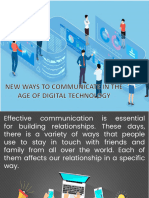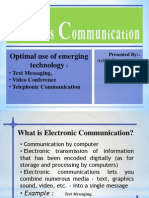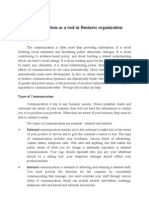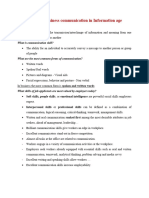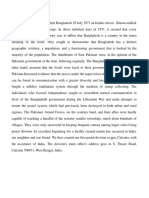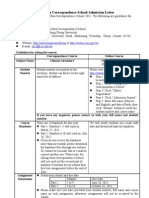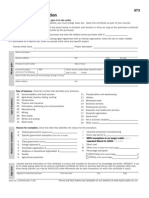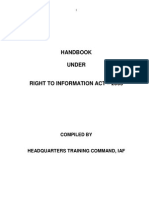0% found this document useful (0 votes)
15 views11 pagesE-Communication (Basics)
This document helps students understand the importance of E-COMMUNICATION. How is it useful, how to use,etc. It may help them during their revision session or can provided ideas when writing an assignment.
Uploaded by
manushreebagga07Copyright
© © All Rights Reserved
We take content rights seriously. If you suspect this is your content, claim it here.
Available Formats
Download as PDF, TXT or read online on Scribd
0% found this document useful (0 votes)
15 views11 pagesE-Communication (Basics)
This document helps students understand the importance of E-COMMUNICATION. How is it useful, how to use,etc. It may help them during their revision session or can provided ideas when writing an assignment.
Uploaded by
manushreebagga07Copyright
© © All Rights Reserved
We take content rights seriously. If you suspect this is your content, claim it here.
Available Formats
Download as PDF, TXT or read online on Scribd
/ 11





